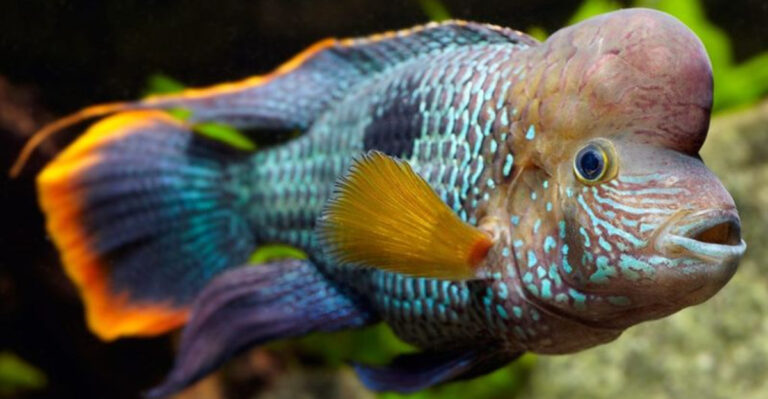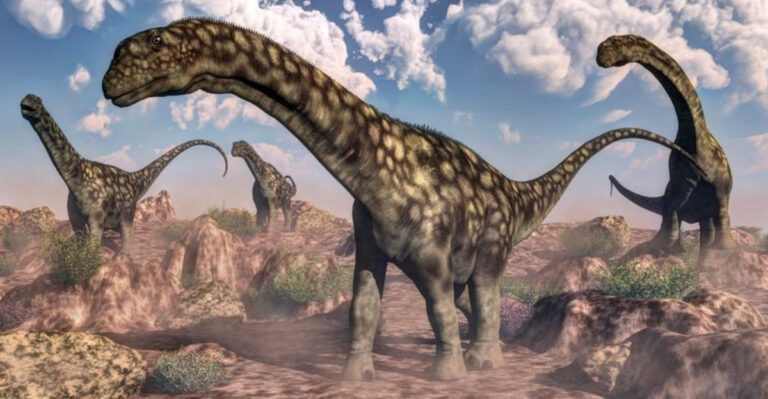16 Birds That Thrive Across The Hawaiian Islands
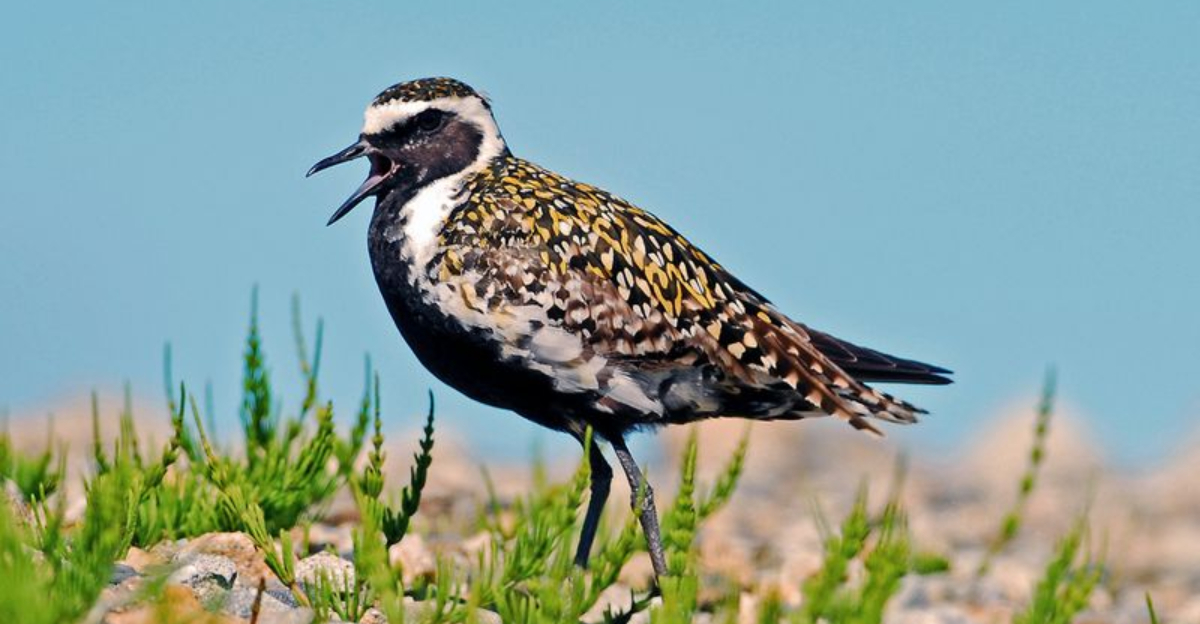
Hawaii’s unique isolation has created a paradise for birds unlike anywhere else on Earth. The islands’ diverse ecosystems, from misty mountain forests to sunny coastal areas, support an amazing variety of feathered residents.
While many native species face challenges, these 16 birds continue to flourish across the Hawaiian archipelago, adding color, song, and natural wonder to this Pacific paradise.
1. Nene (Hawaiian Goose)
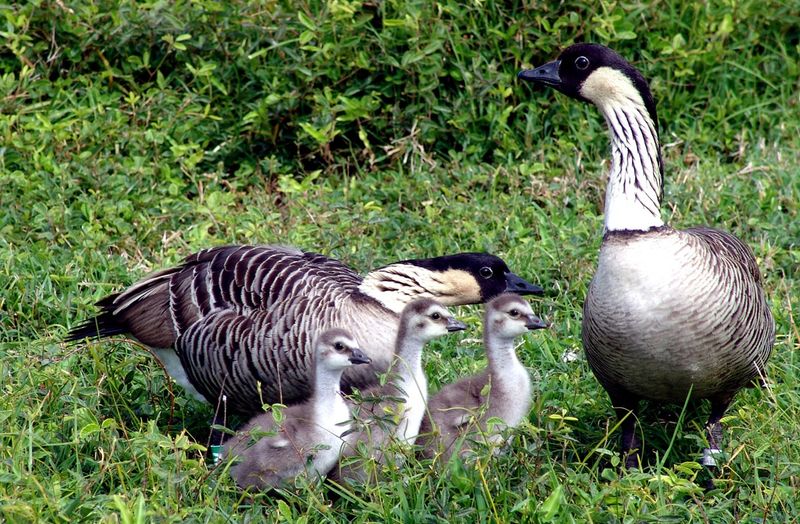
Hawaii’s state bird nearly vanished in the 1950s when only 30 remained in the wild. Today, conservation efforts have helped this distinctive goose bounce back to over 3,000 birds.
Nene have adapted uniquely to Hawaii’s volcanic landscape with reduced webbing between their toes, allowing them to grip lava rocks while navigating the rough terrain.
Unlike other geese, they spend most of their time on land, feeding on berries, seeds, and native plants.
2. Common Myna
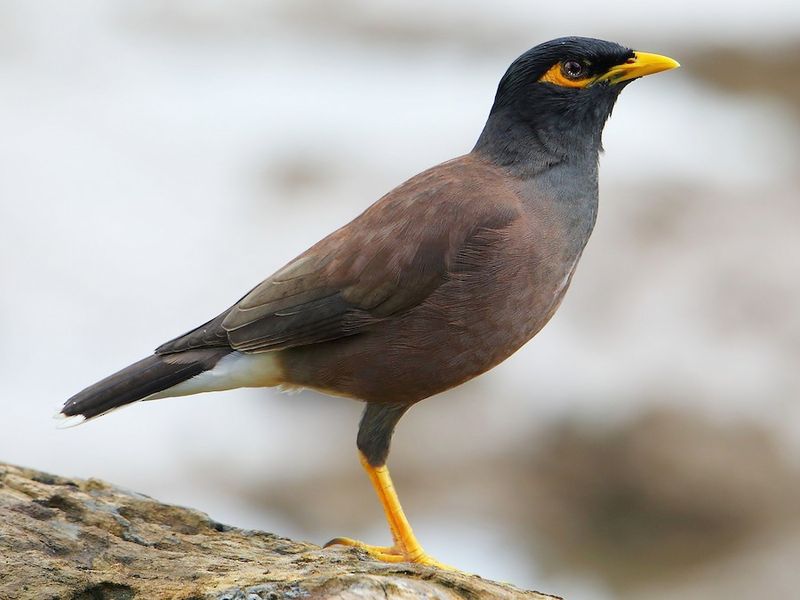
Sporting a bright yellow beak, legs, and eye patches against chocolate-brown feathers, these clever birds arrived in Hawaii in 1865 to control agricultural pests. Their success story quickly turned into an invasion story.
Highly social and intelligent, mynas can mimic human speech and other sounds with remarkable accuracy.
You’ll spot them strutting confidently in parks, gardens, and urban areas, often in chattering groups. Their adaptability to human environments has helped them flourish while many native species struggle.
3. Japanese White-Eye
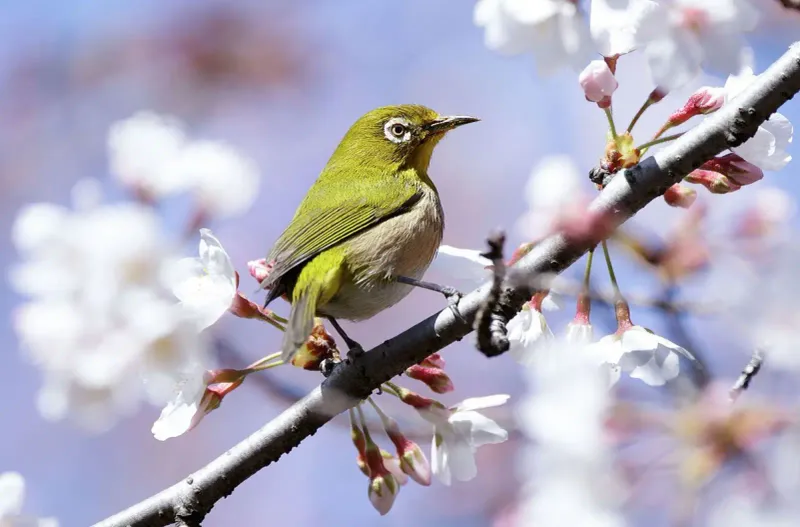
A tiny bird making a massive impact, the Japanese White-eye arrived in Hawaii in 1929 and quickly spread across all major islands. True to its name, a distinctive white ring encircles each eye, contrasting beautifully with its olive-green plumage.
Flitting among flowering trees with remarkable agility, these birds hover like miniature hummingbirds while feeding on nectar.
Unfortunately, their success comes at a cost – they compete with native honeycreepers for food and spread invasive plant seeds throughout fragile forest ecosystems.
4. Zebra Dove
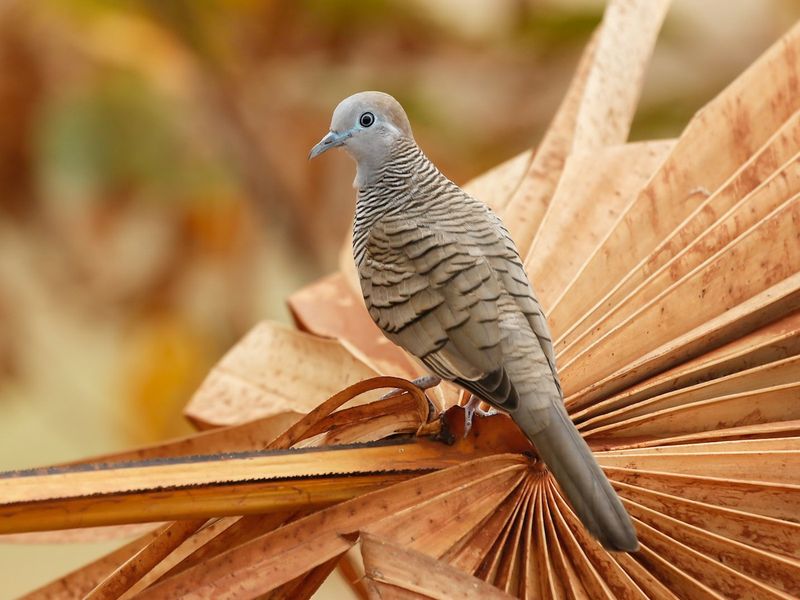
The gentle cooing of Zebra Doves provides the soundtrack to many Hawaiian mornings. These delicate birds, with their barred patterns resembling zebra stripes, were introduced from Southeast Asia in the early 1920s.
Commonly seen foraging on the ground in pairs, they search for seeds with deliberate, bobbing movements. Their peaceful nature and beautiful song have made them beloved across the islands.
Urban parks, beaches, and resort grounds offer perfect habitat for these adaptable birds that thrive in human-modified landscapes.
5. Red-Crested Cardinal
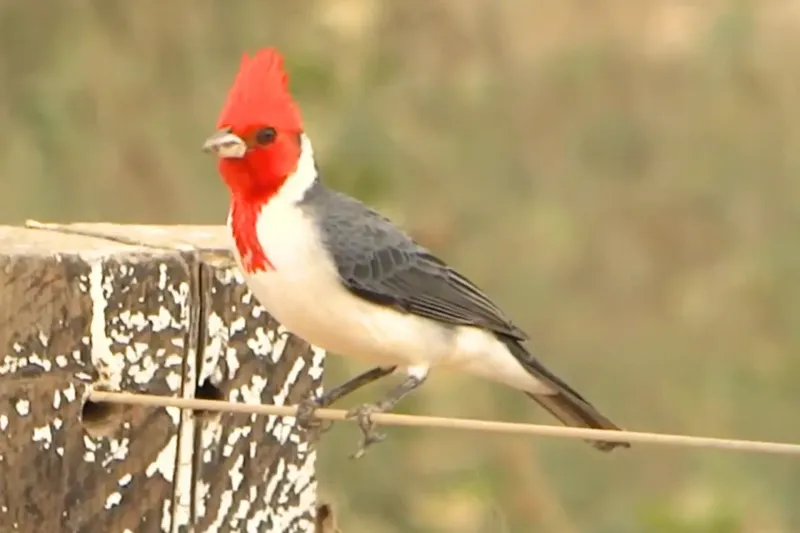
Don’t let the name fool you – this striking bird isn’t related to North American cardinals! Brought from South America in the 1930s, the Red-crested Cardinal sports a flaming red head and crest that contrasts dramatically with its silvery-white body.
Fearless and friendly, these birds often approach outdoor diners hoping for crumbs. Their cheerful songs ring out from treetops and bushes across lowland areas of Hawaii. Particularly abundant on Oahu, they’ve adapted perfectly to gardens, parks, and golf courses.
6. White-Tailed Tropicbird

Graceful sky dancers, White-tailed Tropicbirds perform spectacular aerial courtship displays along Hawaii’s sea cliffs. Their most striking feature is the long, streaming white tail that can extend up to 18 inches – longer than their actual body!
Known as Koa’e Kea in Hawaiian, these elegant seabirds nest in cliff crevices, safe from predators. Watching them soar effortlessly on thermal currents, their snow-white plumage gleaming against blue skies, ranks among Hawaii’s most magical wildlife experiences. Look for them along the Na Pali Coast of Kauai or Kilauea Point.
7. Hawaiian Hawk (ʻIo)

Revered in Hawaiian culture as a manifestation of royalty, the ʻIo holds special significance as one of only two remaining endemic birds of prey in Hawaii. These powerful hunters come in two distinct color phases – dark chocolate-brown or lighter, mottled plumage.
ʻIo build their nests in tall trees of native forests, primarily on the Big Island. Their piercing calls echo through the canopy as they soar overhead, scanning for lizards, rodents, and smaller birds. Once endangered, conservation efforts have helped their population stabilize around 3,000 birds.
8. Pacific Golden Plover (Kōlea)

Kōlea undertake one of nature’s most impressive journeys, flying 3,000 miles non-stop between Alaska and Hawaii each year. Hawaiian legends speak of these birds guiding ancient Polynesian navigators across the vast Pacific.
Arriving in August sporting their muted winter plumage, they transform dramatically by spring. Males develop striking black bellies and gold-speckled backs before departing northward. These remarkable shorebirds have adapted to urban environments, becoming familiar sights on lawns, golf courses, and parks throughout the islands.
9. Cattle Egret

Brilliant white against green pastures, Cattle Egrets arrived in Hawaii in 1959 after crossing the Atlantic from Africa to South America, then gradually expanding northward. During breeding season, they develop gorgeous buff-orange plumes on their heads, backs, and chests.
These opportunistic feeders follow grazing livestock, snatching up insects disturbed by hooves. Their agricultural benefits prompted their intentional introduction to Hawaii’s ranches. Now widespread across all islands, they form spectacular roosting colonies in trees, creating feathery white “blooms” visible from considerable distances.
10. Red-Vented Bulbul
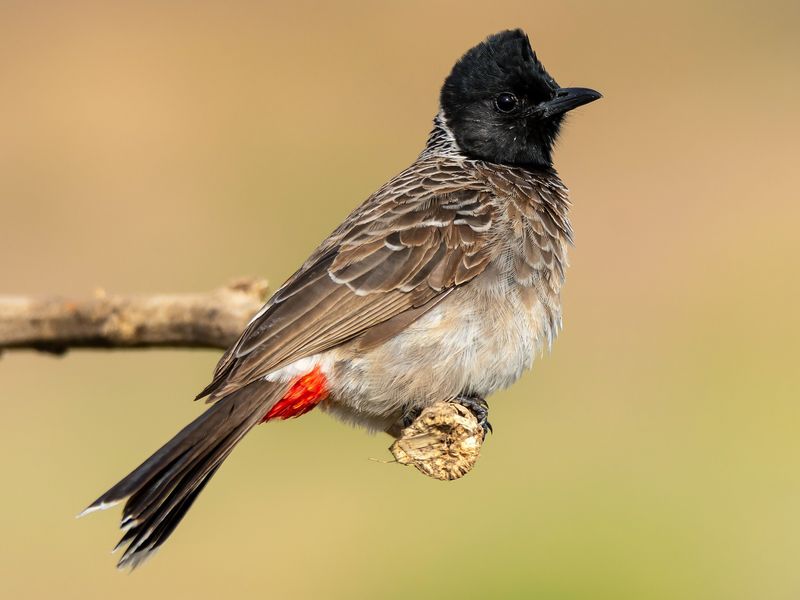
With punk-rock styling featuring a jaunty black crest and distinctive red patch under the tail, the Red-vented Bulbul makes a bold visual statement. These noisy birds arrived as escaped pets in the 1960s and quickly established themselves on Oahu.
Highly adaptable fruit-eaters, they’ve become agricultural pests by damaging papaya, lychee, and other crops. Their loud, chattering calls announce their presence in urban parks and gardens. Conservation officials actively prevent their spread to other islands where they could further impact native plants and ecosystems.
11. Black-Crowned Night Heron (‘Auku’u)
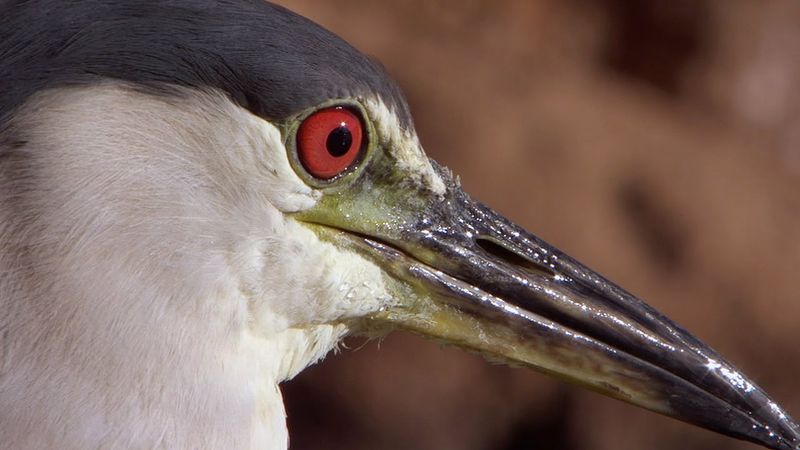
‘Auku’u stand motionless at water’s edge, their stocky bodies perfectly still until they strike with lightning speed to spear fish. Unlike many Hawaiian birds, these adaptable herons are native to the islands yet also found worldwide.
Adults display striking plumage with black caps and backs contrasting against gray wings and white underparts. Their large red eyes help them hunt effectively in low light. Look for them around fishponds, streams, and wetlands across all major islands, especially at dawn and dusk when they’re most active.
12. Spotted Dove
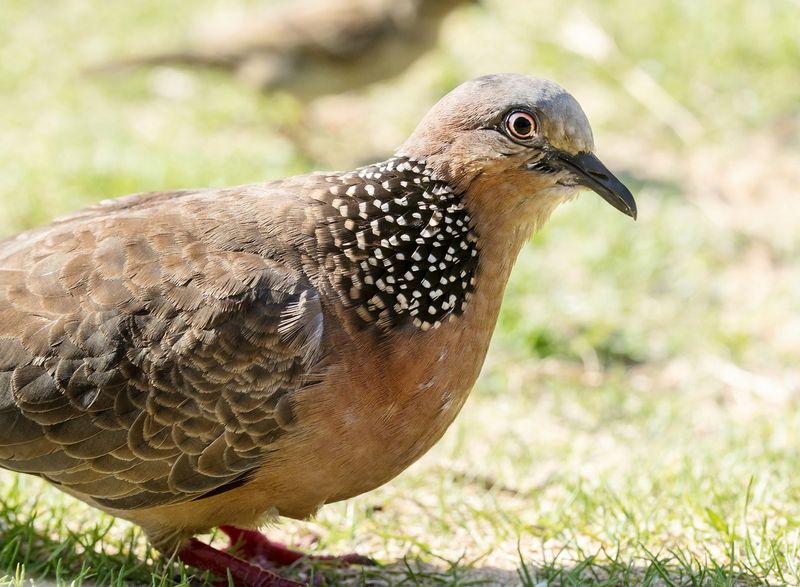
The delicate pink-and-buff plumage of Spotted Doves is accented by a striking black-and-white speckled collar that gives them their name. Released in Hawaii in the early 1900s from Southeast Asia, they’ve become one of the most familiar birds throughout the islands.
Their gentle cooing fills Hawaiian gardens, parks, and lowland areas. More shy than their Zebra Dove cousins, Spotted Doves prefer feeding in trees rather than on the ground. Watch for their graceful, stuttering flight pattern as they move between feeding areas and their simple platform nests built in trees.
13. Hawaiian Coot (‘Alae Ke’oke’o)
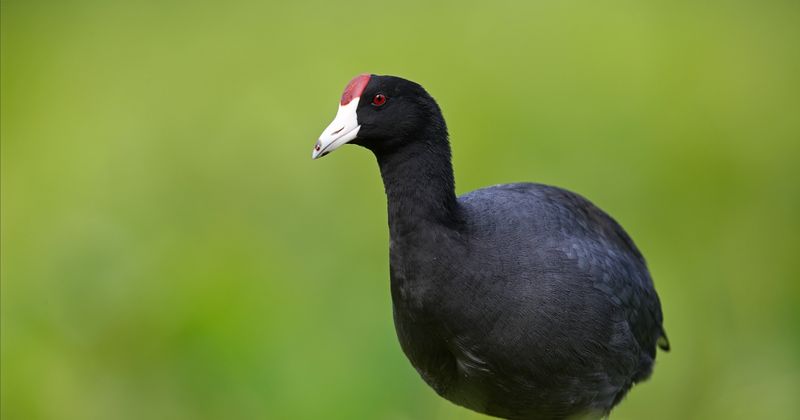
Sporting a distinctive white frontal shield that stands out against charcoal-black feathers, the endangered Hawaiian Coot navigates wetlands with lobed (not webbed) feet. Ancient Hawaiians considered these birds sacred messengers between humans and gods.
Unlike many Hawaiian birds, ‘Alae Ke’oke’o have adapted relatively well to habitat changes. They build floating nests among reeds and vegetation in freshwater wetlands. Conservation efforts have helped their population grow to around 2,000 birds. Dawn visitors to wetland areas like Kawainui Marsh on Oahu might spot these distinctive waterbirds swimming or foraging along muddy edges.
14. Northern Cardinal
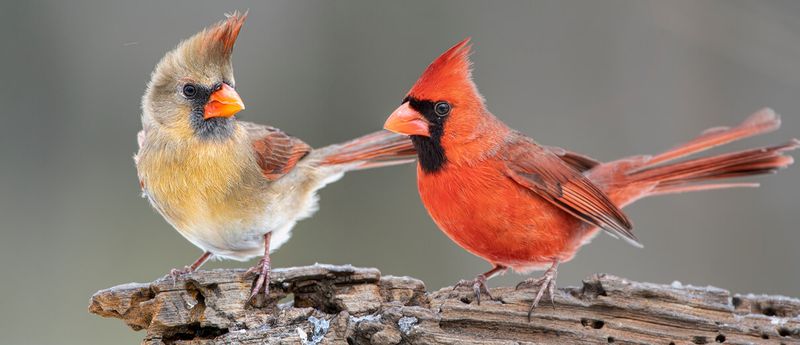
Flashes of brilliant crimson announce the presence of male Northern Cardinals throughout Hawaiian lowlands. Introduced from North America in 1929, these stunning songbirds have become beloved residents of gardens, parks, and forest edges across all major islands.
Females wear more subdued tan plumage with reddish accents, but share the distinctive crest and orange-red bill. Their clear, whistling songs brighten Hawaiian mornings year-round. Unlike in their mainland range, Hawaiian cardinals don’t migrate and can breed throughout the year in the islands’ favorable climate, producing multiple broods of speckled eggs in cup-shaped nests.
15. Hawaiian Stilt (Ae’o)

Standing on impossibly long, bubble-gum pink legs, Ae’o wade through shallow wetlands with delicate precision. These endangered native waterbirds sport striking black-and-white plumage that contrasts dramatically with their colorful legs.
Fiercely protective of their nests, Ae’o perform dramatic “broken wing” displays to lure predators away from their young. Their high-pitched, barking calls alert other birds to danger. Conservation efforts have helped their population increase to about 1,500 birds. James Campbell National Wildlife Refuge on Oahu offers excellent viewing opportunities for these elegant waders.
16. House Finch
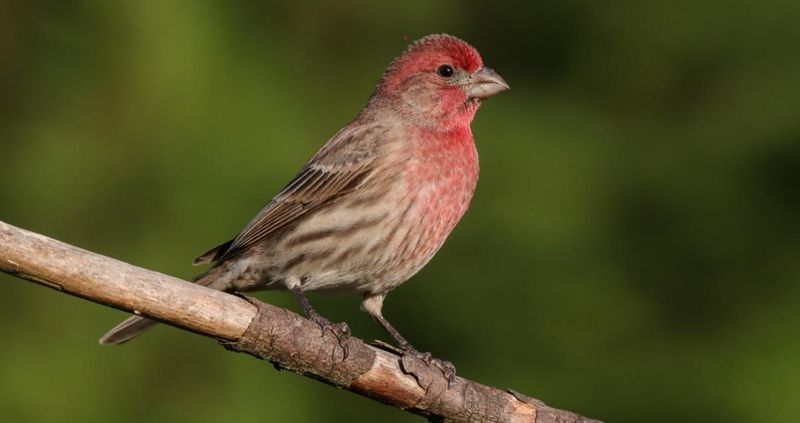
Male House Finches brighten Hawaiian gardens with raspberry-red heads and breasts, though the intensity of color varies based on diet.
Introduced to Oahu around 1870, these adaptable songbirds have spread to all major islands, becoming one of Hawaii’s most common birds.
Their cheerful, warbling songs create a pleasant soundtrack in both urban and rural settings. Females lack the red coloration but share the streaked pattern on their undersides.
House Finches form small, social flocks that feed primarily on seeds and fruits. Their cup-shaped nests can be found in surprising locations from trees to porch lights and hanging baskets.


